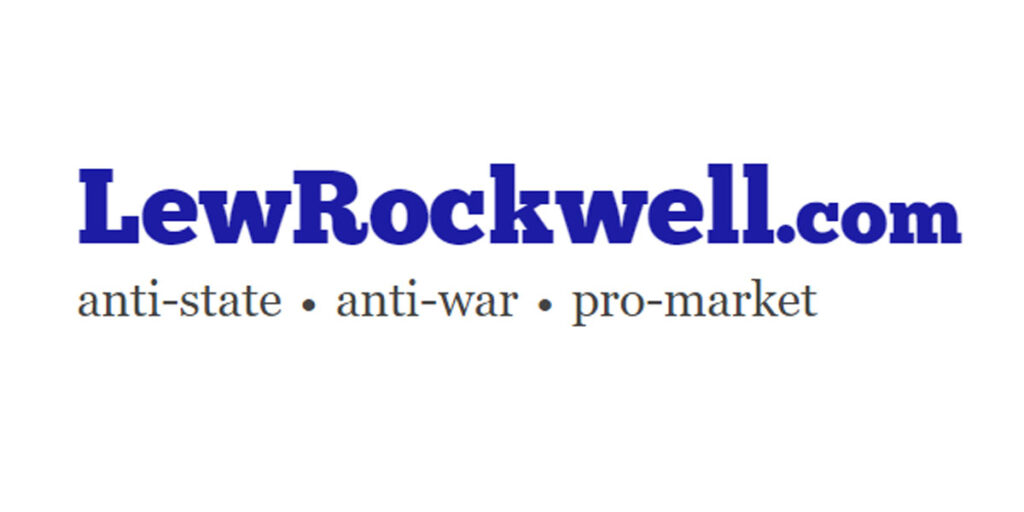In a significant turn of events, the Select Subcommittee on the Coronavirus Pandemic has directed a letter to U.S. Attorney General Merrick Garland, accusing former New York Governor Andrew Cuomo of providing false statements during his testimony on June 11, 2021. This referral is part of a Republican-led inquiry into Cuomo’s actions in response to the COVID-19 crisis, particularly focusing on the New York State Department of Health’s report concerning nursing home infections and deaths that surfaced on July 6, 2020. Critics have expressed their concerns about Cuomo’s handling of the nursing home crisis, which has attracted scrutiny for its implications and potential cover-ups surrounding the mortality data related to the pandemic.
Interest in this issue has been reignited, especially because the nursing home scandal has been a point of contention in discussions about accountability during the pandemic. The connections drawn to Cuomo’s previous management of the crisis elucidate an alarming narrative regarding the treatment of vulnerable populations in nursing homes. The approach to patient readmission, particularly those with confirmed COVID-19 diagnoses, underscored a policy many viewed as reckless. On March 25, 2020, Cuomo’s administration implemented a directive stating that nursing homes could not deny admission or readmission of residents based solely on their COVID-19 status, essentially placing infected patients into environments populated by the elderly and at-risk individuals.
As New York became the epicenter of the coronavirus outbreak in the U.S., Cuomo’s decisions led to devastating consequences, resulting in significant death rates in nursing homes. The stark reality was that by April 10, 2020, New York State reported the highest number of COVID-19 cases globally, with nursing homes facing enormous outbreaks. While Cuomo garnered media attention for his daily briefings, emphasizing the administration’s measures, the detrimental effects of his policies were becoming increasingly evident. Reports emerged outlining the tragic scenarios unfolding in nursing homes, contradicting the narrative his administration portrayed and ultimately revealing growing concerns over the lack of transparency regarding the handling of mortality data.
The release of information by the Associated Press in May 2020 that detailed over 4,500 COVID patients had been sent back to nursing homes drew heightened scrutiny; this number was later revised to over 9,000. Compounding these issues, a report by New York Attorney General Letitia James in January 2021 noted that the Department of Health undercounted nursing home deaths by an approximate 50%, raising demand for accountability. These findings prompted additional interest in the motivations behind Cuomo’s policies, with critics alleging deliberate obfuscation of critical data that impacted the response to the crisis and potentially endangered lives in care facilities.
Adding fuel to the fire, a leaked audio recording from February 2021 featured Cuomo’s top aide, Melissa DeRosa, acknowledging a calculated decision to conceal nursing home data. The rationale presented highlighted fears of repercussions from federal investigations, particularly in relation to the Department of Justice. Such admissions tangled the narrative surrounding political maneuvering amidst the pandemic, where the priorities of Cuomo’s team appeared to take precedence over the safety and wellbeing of New York’s elderly population. This revelation underscored a deeper psychological layer to the administration’s crisis management, tinged with the fear of political fallout rather than transparency.
The dynamics of Cuomo’s popularity during the pandemic also deserve scrutiny, as they reflect a critical commentary on political celebrity. Media portrayals depicted Cuomo as the epitome of competent governance, garnering a cult-like following among some citizens who labeled themselves “Cuomosexuals,” a term popularized through merchandise and public sentiment. This adoration peaked with the announcement of a lucrative book deal in 2020, seen by many as leveraging his pandemic experience for personal gain, raising ethical concerns about the intertwining of politics and profit amid a catastrophic crisis. As these narratives unfold, they encapsulate a broader discourse on governance, accountability, and the media’s role in shaping public perception during emergencies, emphasizing the need for transparency and ethical leadership in public health crises.

